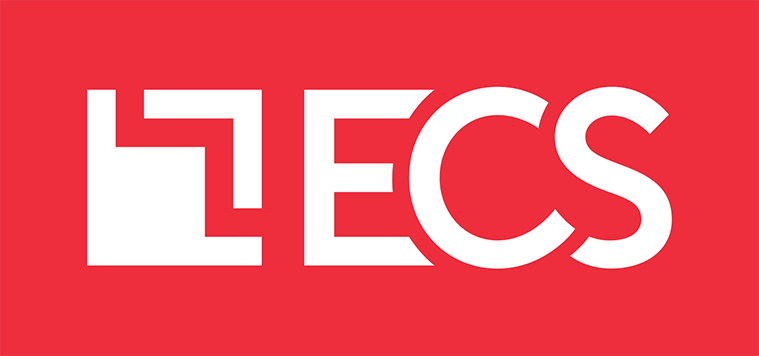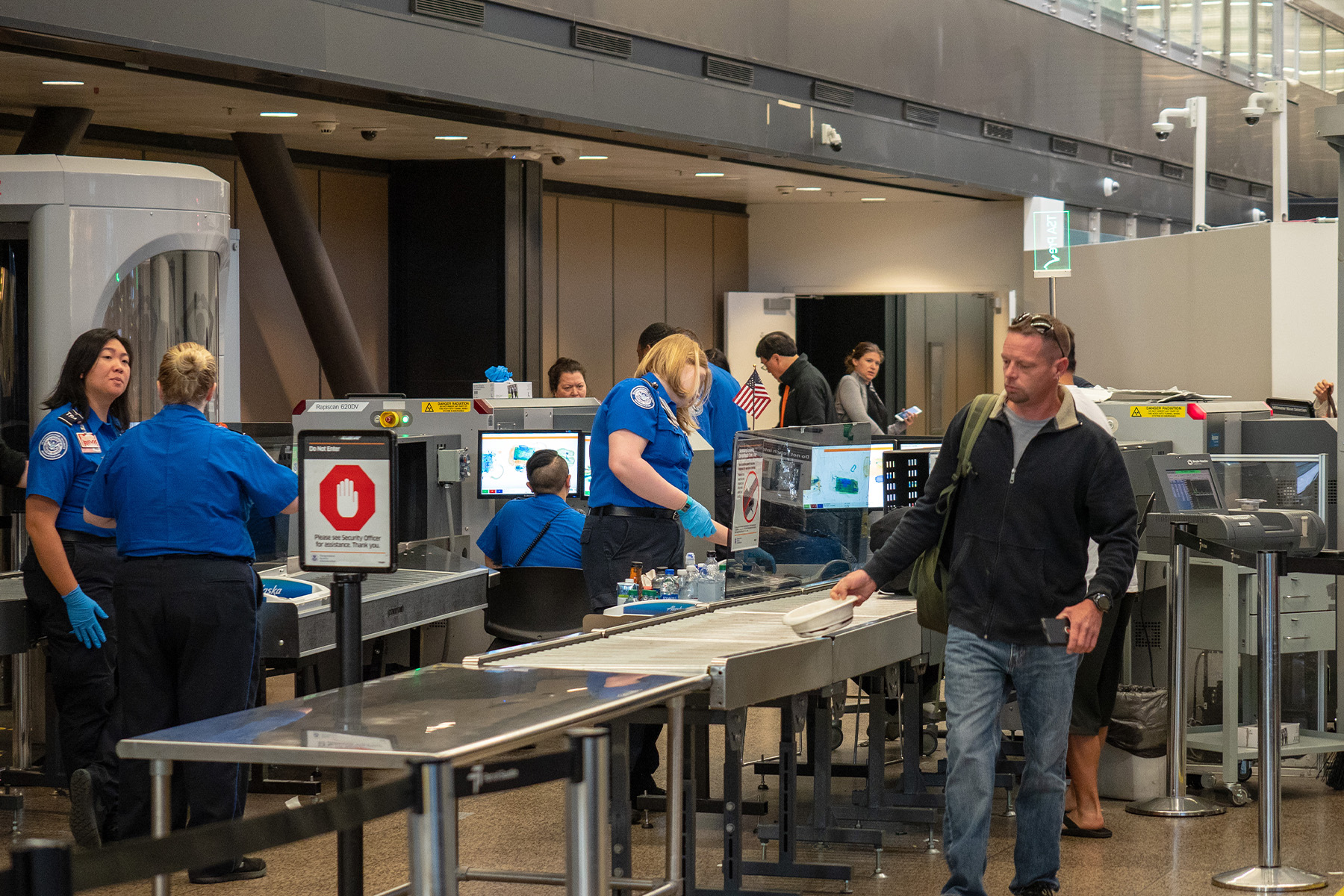By Nicole Shyti
Manager, Customer Experience and Design, Justice and Homeland Solutions
A First Step Toward Improving Customer Experience
It all starts with the customer. If your organizational transformation is going to improve your agency’s ability to meet its mission, you must begin with a research- and data-informed understanding of customer behaviors and sentiments.
In some government agencies, however, it can be difficult not just to gain insight into what your customers want, but simply to identify who your customers are.
Every Agency Has Customers
Regardless of where in the public sector you work, your agency’s customers are the people you’re trying to serve, whether they’re members of the public or fellow federal government employees.
Some agency customers are not hard to identify. IRS’s customers are taxpayers, for example. TSA’s customers are travelers. And FEMA’s customers include victims of disasters. Identifying customers can be more challenging, however, in agencies that don’t directly interact with the public.
Employees of agencies like the National Finance Center (NFC) and the Office of Personnel Management (OPM), for example, work with other government employees, but not with the public. That is, they have only internal customers.






3 Steps to Identifying Internal Customers
These activities can help you identify and understand your customers, suppliers, and oversight:

Examine interdependencies
Consider how your work supports the coworkers you serve.

Define customer relationships
Document who has what role in service delivery, who is responsible for which elements of a great customer experience, and the service expectations your customers have.
5 Ways Leaders Can Help
Bringing customer awareness to a government agency requires management. Here are five ways agency leaders can help manage the change.
Align agency goals to customer outcomes. Your agency goals should directly address customer pain points. Great key performance indicators are built around things your customers know and care about.
Encourage employees to speak (and think) as your customers do. Encourage employees to incorporate plain language into their daily interactions and communications. Use the same words your customers use, and frame issues and pain points in terms of what customers see and hear.
Encourage a view of the big picture. Creating great customer experiences doesn’t happen in silos. Encourage others to see how their work contributes to the overall mission and goals of the agency.
Provide training. Train staff on CX principles and how a customer-centric approach can help your external and internal customers, and your agency.
Recognize and celebrate. Socialize with your team how great customer experience measurably contributes to your agency’s successes. This could involve publicizing how your agency or its employees contributed to customer success stories, highlighting customer feedback and testimonials, or an award program for customer listening and customer advocacy.
You’re Taking the First CX Steps
By identifying your agency’s customers and deepening your understanding of the people you serve, you’re taking your first, foundational steps toward implementing a successful CX strategy. Executed well, a customer-centric approach will improve collaboration and efficiency across your agency, improve the experiences you provide for the people you serve, and enable your agency to better meet its mission.
Enjoy ECS Articles Like This One?
Don’t Miss Any.
Sign up for our “ECS Insights” newsletter.









